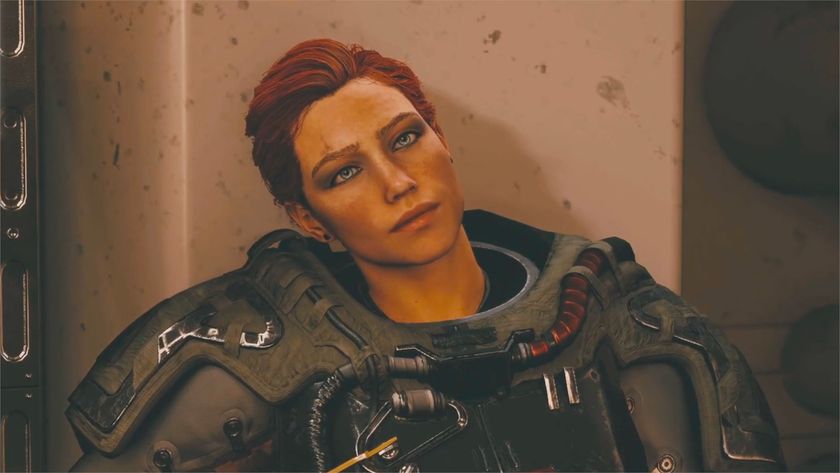Landmarks of gaming: 1980 - 2011
A look back at the games that captured the essence of every year
1987: Metal Gear

The game: The 2D, narratively-coherent prequel to the premiere tactical-espionage-action saga of our day may have a limited palette, but the beginnings can already be seen of a series at once brilliant, challenging and deeply frustrating.
Significance: More noteworthy than starting a legendary franchise (Castlevania, Contra and Zelda also saw 1987 launches) is how Hideo Kojima's game took cues not just from fiction, but current events of '87 – next to whose absurdity, 2011 seems restrained.
1988: Bad Dudes vs Dragon Ninja

The game: Besides setting a popular standard for subsequent leaders, Ronald Reagan was the Princess Toadstool of late-80s action games, abducted laughably regularly. Data East's is the “kidnapped President” title history remembers best.
Significance: Capturing the glorious trashiness of greasy 1980s arcades, Bad Dudes plays rough not only with '80s culture but with that of games themselves. When Data East's own Karnov guested as a boss, games' strip-mining of their own past had begun.
1989: Sim City/Tetris

The games: The titles – one simulating American urbanism, the other abstract Soviet puzzling – seem like polar opposites. Both, though, showed a growing audience that compelling play wasn't rooted in pyrotechnics or a high body count.
Sign up to the 12DOVE Newsletter
Weekly digests, tales from the communities you love, and more
Significance: The Genesis and TG-16 launched in '89, offering vast improvements on more of the same. But new players won over by Tetris and Sim City's fresh promise ensured a far greater future for the low-powered Game Boy and trusty old PC.
1990: Super Mario Bros 3

The game: Immediate, varied, challenging and immune to aging – as replayable today as it ever was – there simply isn't a compelling argument for Mario 3 not being the best video game ever made.
Significance: Gaming's first bona-fide blockbuster, doing for the medium what Jaws and Star Wars did for movies and the Beatles did for pop music. Whether that means “causing a revolution” or “sending in the clones” depends on how curmudgeonly you're feeling at the time.
1991: Battletoads

The game: Smarmy Ninja Turtle parodies (a description fitting every teen-oriented property launched in '91) headline the game that defines the term “Nintendo Hard.”
Significance: Affectionate (possibly even intentional) satire of the mascot-based arms race that dominated gaming in the early '90s. In an era of self-obsessed white people grooving to awful MTV hip-hop, nothing mattered more than getting your streetwise for-the-kidz character's shoes just the right shade of red. People died over this shit.
1992: Mortal Kombat

The game: Plays like Fatal Fury in trainer-pants; looks like it was designed by a hung-over Rob Liefeld; never, ever stops yelling at you. The perfect addition to a beer-fueled retro-gaming evening, then.
Significance: '91 had seen Street Fighter 2 jump-start the genre, but it was the slick, shallow and shameless MK that took the fight for three-round dominance to TV and the cover of Time– and introduced the “finishing move” into the repertoire of countless lazy designers.
1993: Doom

The game: It's not like there weren't FPSes, LANs or level-editors before Doom – but apparently, only Messrs. Carmack and Romero realized just how much those things mattered. In hindsight, the rest of us were tremendous idiots.
Significance: Brilliant? Definitely. Also pornographically violent, caveman-dumb, insultingly generic, and not even real 3D. Graphically, we were too impressed to care; against a backdrop of the Waco siege, first WTC bombing and Bobbitt trial – Google that, kiddies – the other issues seemed not just trifling, but in keeping with the spirit of the day.

Starfield could release on PS5 with a second expansion this year according to Xbox insiders, but it was reportedly originally meant to launch with Shattered Space

Death Stranding 2 inches ever closer to completion as Hideo Kojima says sound mixing is finally finished just 3 months before release











